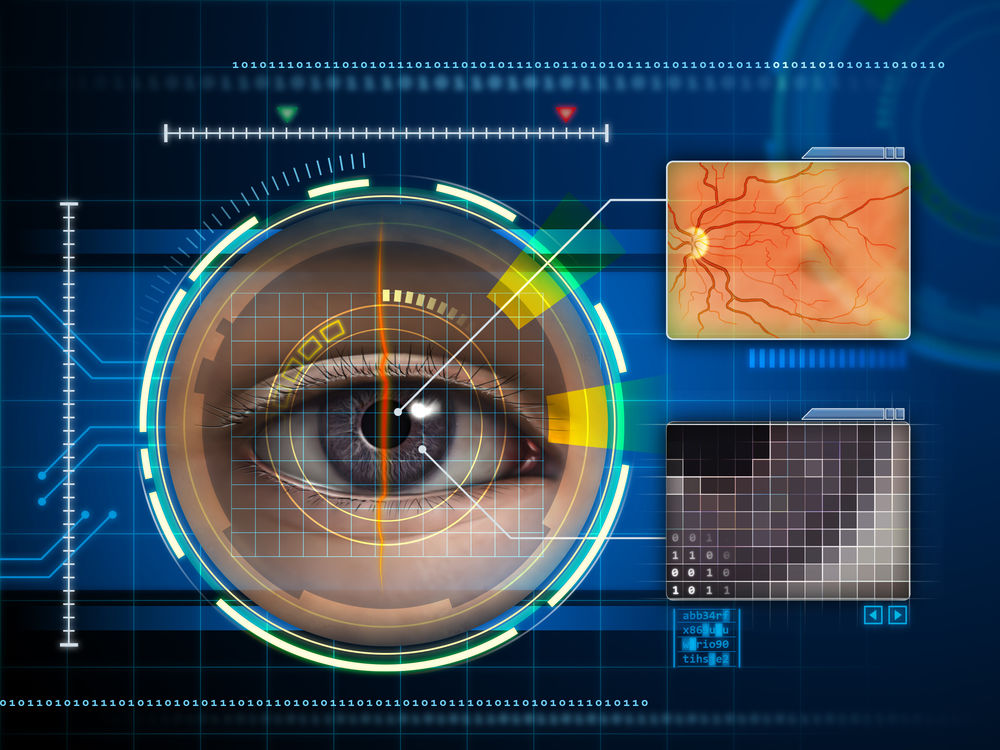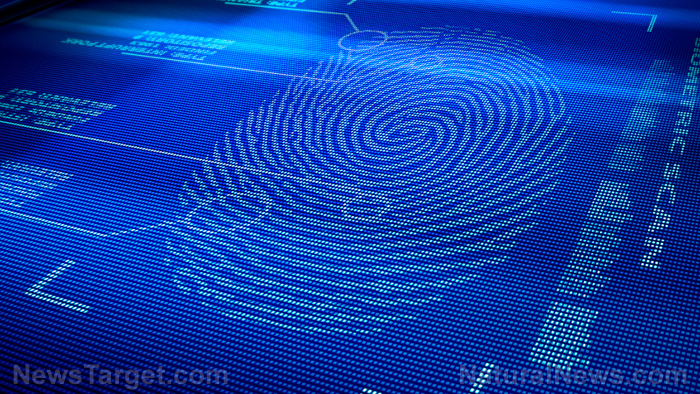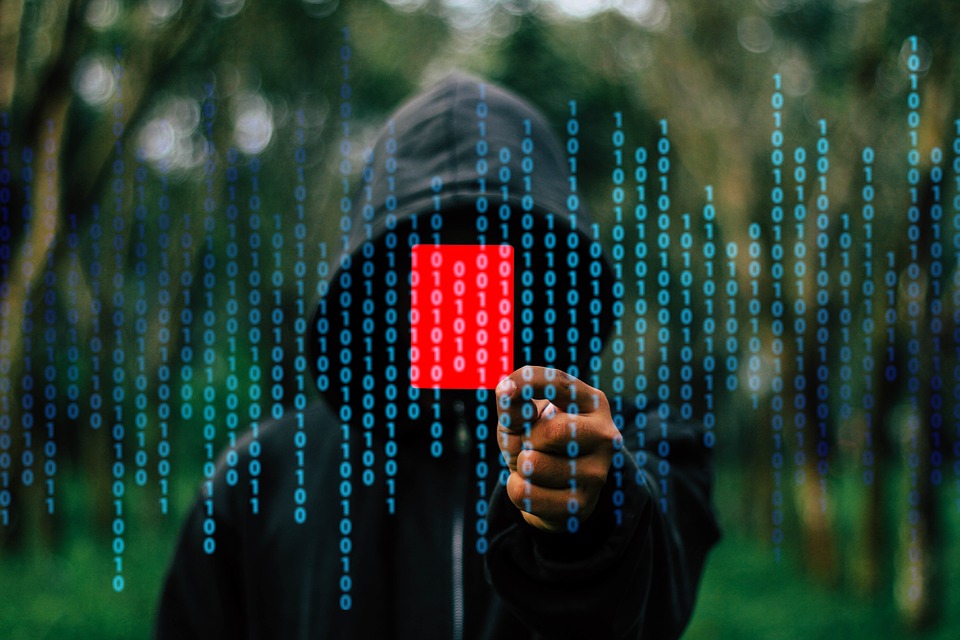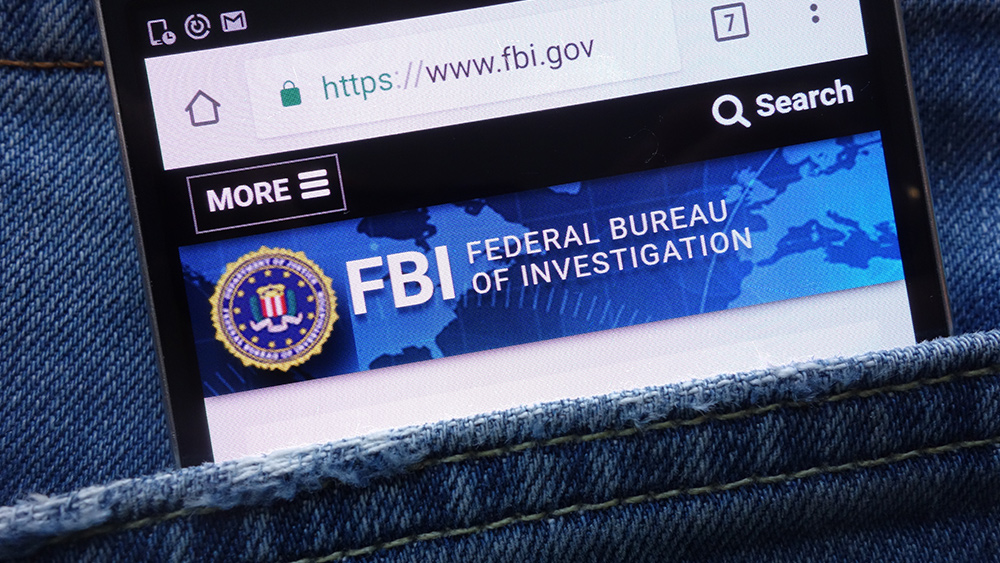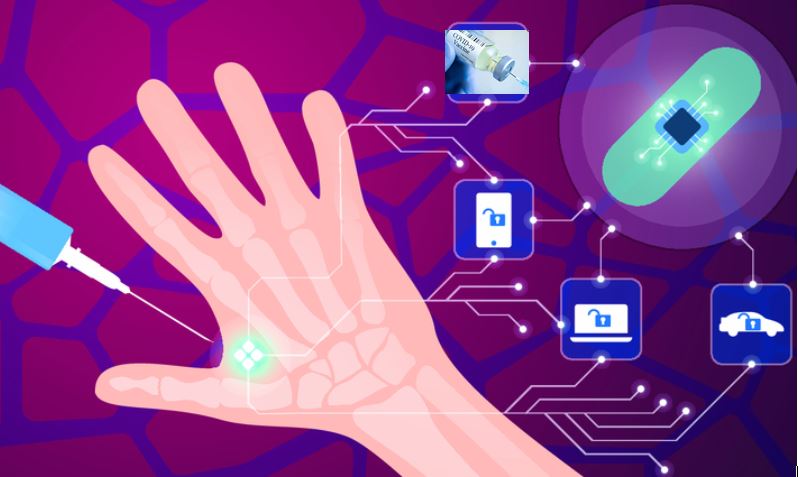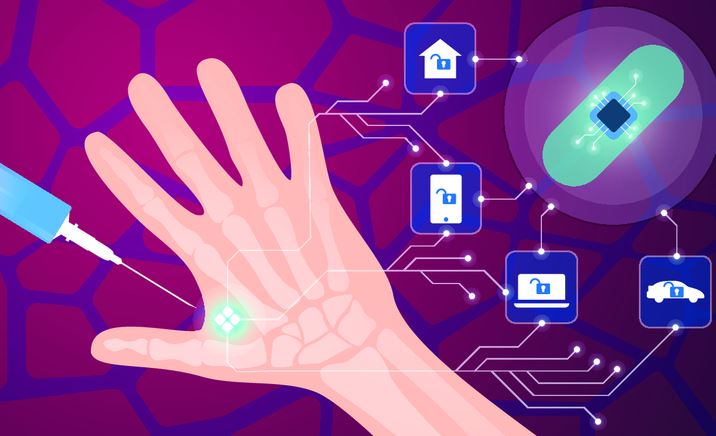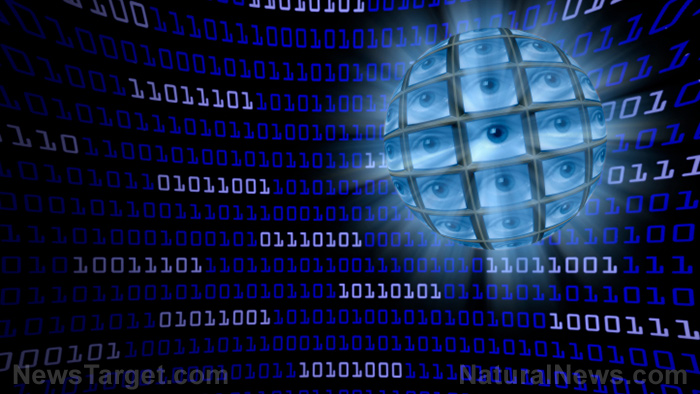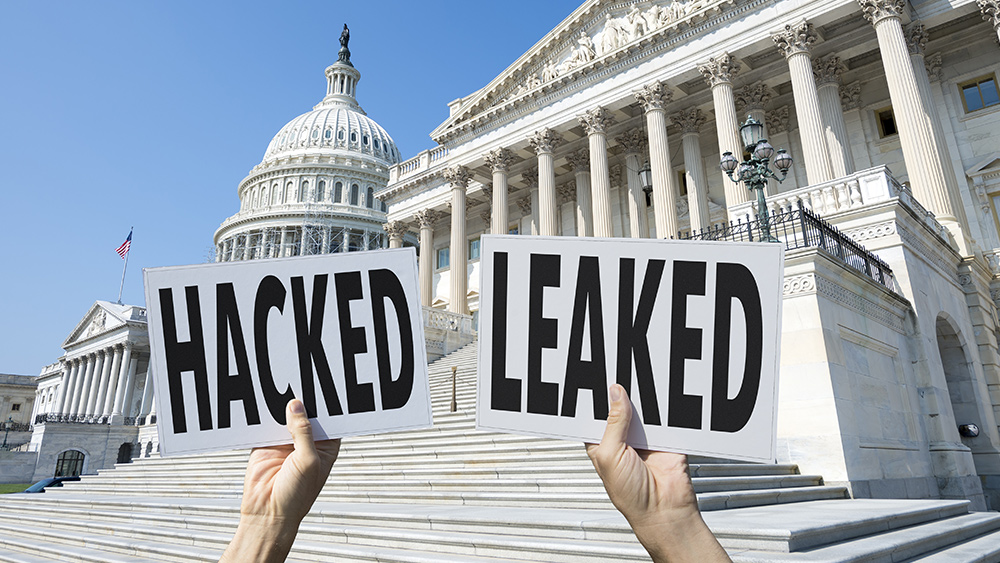Left-wing media attacks “2000 Mules” election fraud documentary by claiming geotracking data doesn’t work, but the CDC used GPS geotracking to study social distancing
05/19/2022 / By Ethan Huff
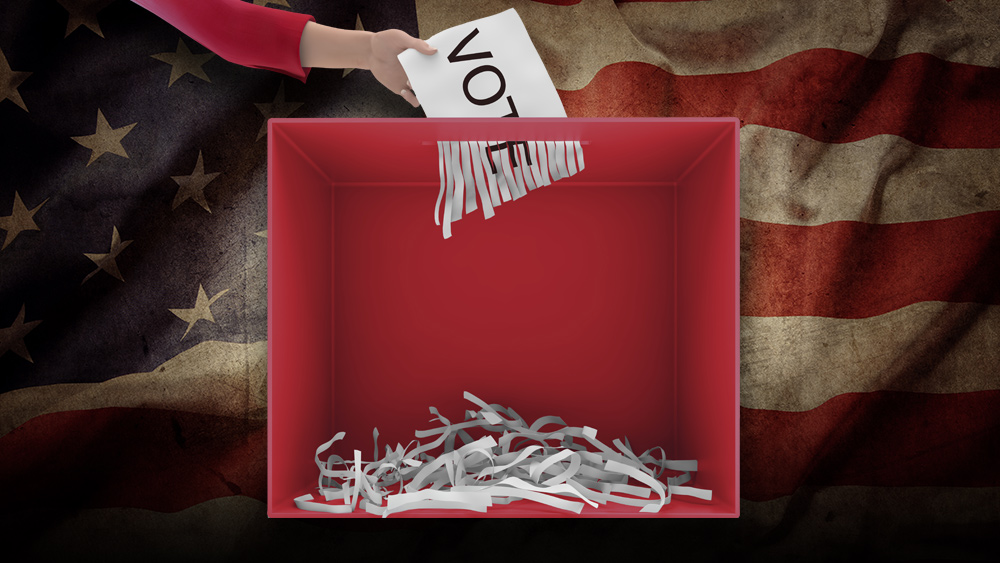
The latest claim from the left is that the new 2000 Mules documentary from Dinesh D’Souza is untrue because it claims that geotracking proves the 2020 election results to be fraudulent. Meanwhile, the U.S. Centers for Disease Control and Prevention (CDC) proudly used geotracking to track people during the Wuhan coronavirus (Covid-19) plandemic to see if they were social distancing, and this was considered perfectly valid.
Geotracking data was also used, supposedly, to successfully predict covid outbreaks. Researchers from the Yale School of Public Health say that geotracking helped them to learn in advance about covid outbreaks that occurred throughout the state of Connecticut.
Denigratingly calling 2000 Mules a “pro-Trump film,” NPR basically lambasted it for even mentioning geotracking at all, especially as it pertains to identifying fraud in the 2020 election. According to NPR, any such claims are false because geotracking does not work for this purpose.
But apparently it does work to feed the plandemic narrative, or at least that is what NPR and the rest of the corporate-controlled media are implying by never once having condemned geotracking when it was used for that purpose.
Even data collection methods are now being politicized
NPR did point out that claims made by the Trump campaign about how geotracking solved a child murder in Atlanta are false because that case was solved before geotracking was even brought into the case.
Still, the media outlet is clearly biased against the use of geotracking when it serves a politically incorrect purpose. When it advances the plandemic agenda, however, geotracking is considered a useful tool.
This is the state of “journalism” these days. It is just one double standard after another being peddled as “news” and “truth.” (Related: Be sure to check out HereIsTheEvidence.com to learn more about 2020 election fraud.)
According to NPR, 2000 Mules has officially been debunked by “fact-checkers” from the Associated Press and PolitiFact. The Washington Post also declared it to be a leap of faith since “we’re just asked to trust that True the Vote found what it says it found.”
Following the 2020 election, a group called True the Vote claims to have purchased a trove of geolocation data obtained from electronic devices showing the movements of people in key swing states at that time.
D’Souza; Catherine Engelbrecht, True the Vote’s founder; and True the Vote board member Gregg Phillips all say that this data shows that thousands of people made suspiciously large numbers of stops at mail-in voting dropboxes.
“They allege those individuals, the ‘mules’ of the title, were making multiple stops because they were actually stuffing the dropboxes with stacks of completed ballots – a practice that critics call ‘ballot harvesting,'” NPR reports.
There was also video surveillance footage released of some of these ballot dropboxes, though no actual people were seen going to them, according to D’Souza. This does not matter, though, because D’Souza says the data is “more reliable than video footage.”
Appearing on the Dan Bongino Show, D’Souza explained that an international project called the ACLED (Armed Conflict Location & Event Data Project) collects geotracking data on violent rioters. True the Vote compared this data to data on the mules, finding that there was a “pretty big overlap.”
“There’s an organization that tracks the device IDs across all violent protests around the world. We took a look at our 242 mules in Atlanta and, sure enough, dozens and dozens and dozens of our mules show up on the ACLED databases,” Phillips further explains in the film.
“This is not grandma out walking her dog, these are, you know, violent criminals sometimes.”
More related news coverage about media duplicity can be found at Deception.news.
Sources for this article include:
Submit a correction >>
Tagged Under:
2000 Mules, bias, CDC, computing, conspiracy, corporate media, COVID, deception, election fraud, fake ballots, future tech, geotracking, Government Slaves, journalism, Left-wing, news cartels, Plandemic, propaganda, rigged, social distancing, surveillance
This article may contain statements that reflect the opinion of the author
RECENT NEWS & ARTICLES
COPYRIGHT © 2017 INFORMATIONTECHNOLOGY.NEWS


